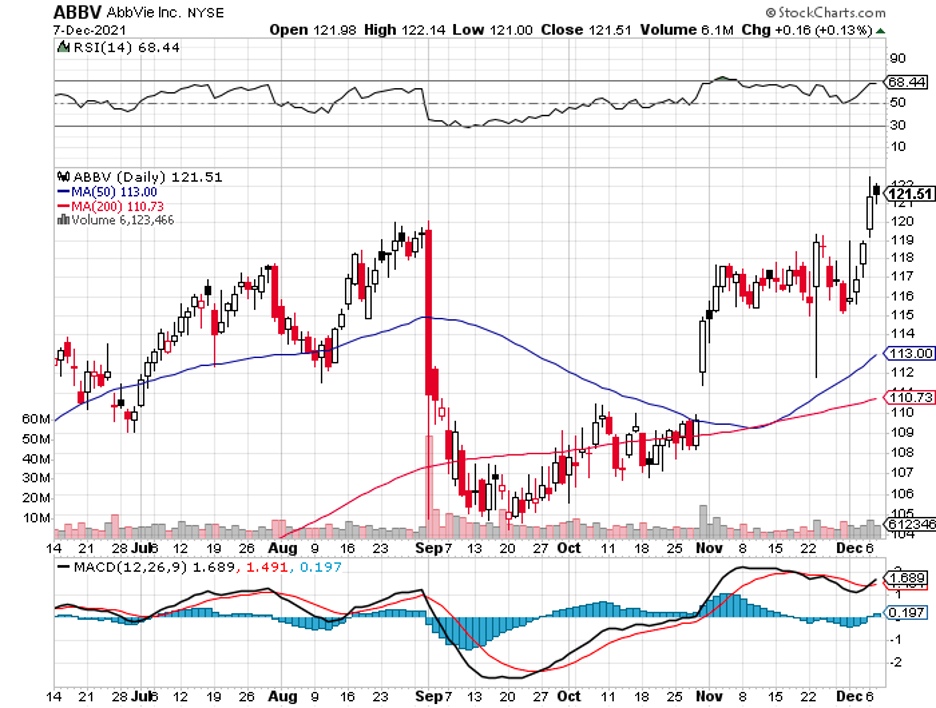Have you ever heard of the barbell investment strategy?
If you have already started planning for retirement, you’ve probably been told to assess your risk tolerance level and develop a portfolio that fits that profile.
While there are many things you need to learn about this topic, one of the recurring concepts is that regardless of your risk level, you will always need to build two portfolios.
One portfolio comprises the risks below your risk level, and the other goes beyond it: the barbell model.
Basically, the more conservative portfolio will form part of your short-term survival goals, while the more aggressive one will be reserved for long-term growth.
This barbell strategy gained prominence thanks to Nassim Nicholas Taleb, a renowned statistician, essayist, and trader.
He famously adhered to this tactic during the 2007-2008 economic meltdown, allowing his finances to flourish while his fellow Wall Streeters watched their investments crash.
Taking this approach into consideration, one of the names in the biotechnology and healthcare industry emerges as an embodiment of the investment that meets the requirements of both ends of the barbell: AbbVie (ABBV).
Recently, AbbVie announced a healthy 8.5% boost in its quarterly cash dividend from $1.30 per share to $1.41, which will be payable in February 2022.
This latest increase has pushed its dividend yield to roughly 4.9% under its current price.
Needless to say, this type of dividend yield makes AbbVie an excellent candidate to deliver short-term growth.
Moreover, this isn’t a one-time achievement for the company. The company has a proven track record of returning cash to its shareholders via a growing dividend.
In fact, the company’s quarterly dividend has climbed by over 250% since its inception way back in 2013.
This achievement has secured AbbVie a membership in the S&P Dividend Aristocrats Index, which keeps track of companies that have consistently increased their dividends annually for at least 25 consecutive years.
AbbVie also has outstanding growth prospects primarily due to the solid secular support backing its business and robust pipeline.
Since the biotechnology and healthcare segment targets an essential human need that is showing no signs of disappearing or even changing soon, ordinary investors and super investors have been lured to this sector.
A case in point is Warren Buffett, who currently holds over $1.5 billion worth of AbbVie shares.
And the demand is only going to get stronger moving forward, due to various factors like population growth and extended life expectancy, translating to long-term secular support.
Actually, the average national health spending in the US alone is estimated to grow at an annual rate of 5.4%—far surpassing inflation. By 2028, the spending is projected to reach $6.2 trillion.
Riding the momentum of this industry, AbbVie has been busy working on its pipeline.
To date, the company has roughly 100 candidates in its pipeline, with 29 in the later stage of drug development.
Among them, the most talked about are plaque psoriasis treatments Skyrizi and Rinvoq.
These two are expected to become the long-term substitutes or replacements for AbbVie’s top-selling drug, Humira, which would lose its patent exclusivity by 2023.
Skyrizi showed off an 83.3% year-over-year increase and generated $796 million in the third quarter.
Meanwhile, Rinvoq sales doubled to reach $453 million. Together, their sales totaled $1.2 billion.
For context, Humira sales in the same quarter reached $5.4 billion. So while the two have yet to reach the level of Humira in terms of sales, it looks like they’re off to a promising start.
In the next few years, Skyrizi and Rinvoq sales will reach $15 billion.
Other products are also helping fill the void of Humira’s pending loss.
Aside from creating successors of Humira, AbbVie also leveraged its cash flow to acquire Allergan in May 2020 for $63 billion.
This deal handed the company a number of exciting products, and the most promising is the Botox franchise. Considering that it would be difficult, if not impossible, to develop a biosimilar for Botox, this was a great decision.
In the third-quarter report, AbbVie disclosed that Botox Cosmetics rose by 38.5% year-over-year to bring in $545 million. Meanwhile, Botox Therapeutics rose by 23.4% year-over-year to generate $645 million.
Interestingly, while AbbVie’s fundamentals look solid, this particular stock appears to be heavily discounted by the market. The main reason could be the concerns over the pending patent loss of Humira.
However, AbbVie is a picture of an optimal combination of excellent short-term income, solid and proven financial safety, and long-term secular support.
Moreover, given AbbVie’s history, ability to generate cash and consistent payout, it’s reasonable to categorize this company as safe as the coupon payments taken from treasury bonds.


